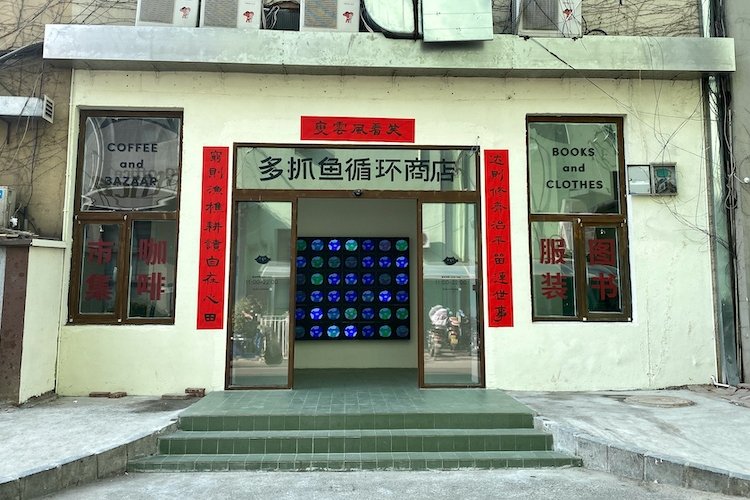The Silk-Like Substance Market: Why What's on Sale May Not Be Silk
Perhaps the name "Silk Market" is a misnomer.
In a study conducted by the Beijing Consumers Association, a test of 40 products purporting to be silk and purchased at local and online retailers showed that 47.5 percent did not meet the requisite quality or safety standards, Beijing News reported on Monday. At least 19 of the 40 failed to meet standards that included carcinogens and flammability.
At least 20 percent of products claiming a particular standard of silk, such 50 percent or 100 percent, came in far lower. One licensed Pierre Cardin product that stated it contained 100 percent silk filler was instead found to be stuffed with polyester instead, the report said.
According to national standards, any product claiming to be silk must contain at least 50 percent silk in their overall fabric, filling, or thread. While silk and substitutes may seem similar to the touch, under a microscope natural silk fibers will reveal themselves as having varying shapes and thicknesses; synthetic thread is uniform.
Caveat emptor.
Photo: Sevenscrolls.com
Related stories :
Comments
New comments are displayed first.Comments
![]() lucreziab
Submitted by Guest on Thu, 05/23/2013 - 05:40 Permalink
lucreziab
Submitted by Guest on Thu, 05/23/2013 - 05:40 Permalink
Re: The Silk-Like Substance Market: Why What's on Sale May ...
Another reason never to buy anything in Beijing.
Validate your mobile phone number to post comments.






